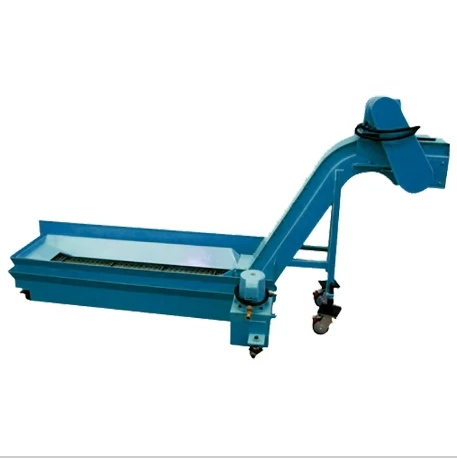cable & hose carriers
Understanding Cable and Hose Carriers An Essential Component in Modern Machinery
In the dynamic world of machinery and automation, ensuring the safety and efficiency of moving parts is crucial. One often-overlooked component that plays a pivotal role in this domain is the cable and hose carrier. These specialized devices are integral to various industries, from manufacturing to robotics, helping to manage and protect cables and hoses that are essential for machine operation.
What are Cable and Hose Carriers?
Cable and hose carriers, also known as chain cable carriers or drag chains, are flexible, segmented, and open structures designed to contain and guide cables and hoses. They come in a variety of shapes, sizes, and materials to suit different applications. These carriers can accommodate electrical cables, hydraulic hoses, air lines, and other types of flexible connections, effectively organizing them to prevent entanglement and damage during movement.
How Do They Work?
The primary function of cable and hose carriers is to provide a controlled path for the cables and hoses as they move with machine parts. This is particularly important in applications where repetitive movement occurs, such as robotic arms, CNC machines, and conveyor systems. The carriers allow for smooth movement without binding or pinching the cables inside, ensuring that the essential connections remain intact and functional.
The design of these carriers facilitates a long bend radius, which is crucial to prolong the lifespan of the cables and hoses. Various materials, such as plastic, steel, or aluminum, are used to construct these carriers, each chosen based on the specific environmental conditions and requirements, such as load capacity, temperature resistance, and chemical exposure.
Benefits of Using Cable and Hose Carriers
1. Protection One of the primary benefits of using cable and hose carriers is the protection they provide. By enclosing cables and hoses, these carriers reduce the risk of damage from wear and tear, abrasion, or accidental cuts, which can lead to costly downtimes and repairs.
cable & hose carriers

2. Organization These carriers help keep the workspace organized. A well-organized setup can enhance safety and efficiency, reducing the risk of tangled cables and knotted hoses that can disrupt operations and pose hazards.
3. Flexibility Cable and hose carriers are designed to bend and twist, allowing them to accommodate a range of movement with ease. This flexibility makes them suitable for various applications where cables and hoses must follow dynamic paths.
4. Ease of Maintenance By consolidating cables and hoses into a single carrier, maintenance becomes easier. Technicians can quickly identify and access cables that need repairs or upgrades without having to untangle a mess of wires and hoses.
Applications Across Industries
Cable and hose carriers find applications in numerous sectors. In manufacturing, they are used in robotic arms and automated machinery to ensure efficient operation. In the aerospace industry, they manage critical wiring and hydraulic lines, while in the automotive sector, they keep assembly lines running smoothly without interruptions.
Moreover, with the rise of smart factories and automation, the demand for efficient cable management solutions continues to grow. As equipment becomes more complex, the importance of robust cable and hose carriers only amplifies.
Conclusion
As industries evolve and embrace technology, the role of cable and hose carriers remains fundamental. They not only help protect and organize essential connections but also enhance the overall efficiency and safety of machinery operations. For businesses looking to optimize their processes, investing in high-quality cable and hose carriers is a step toward ensuring reliability and success in an increasingly competitive environment.








